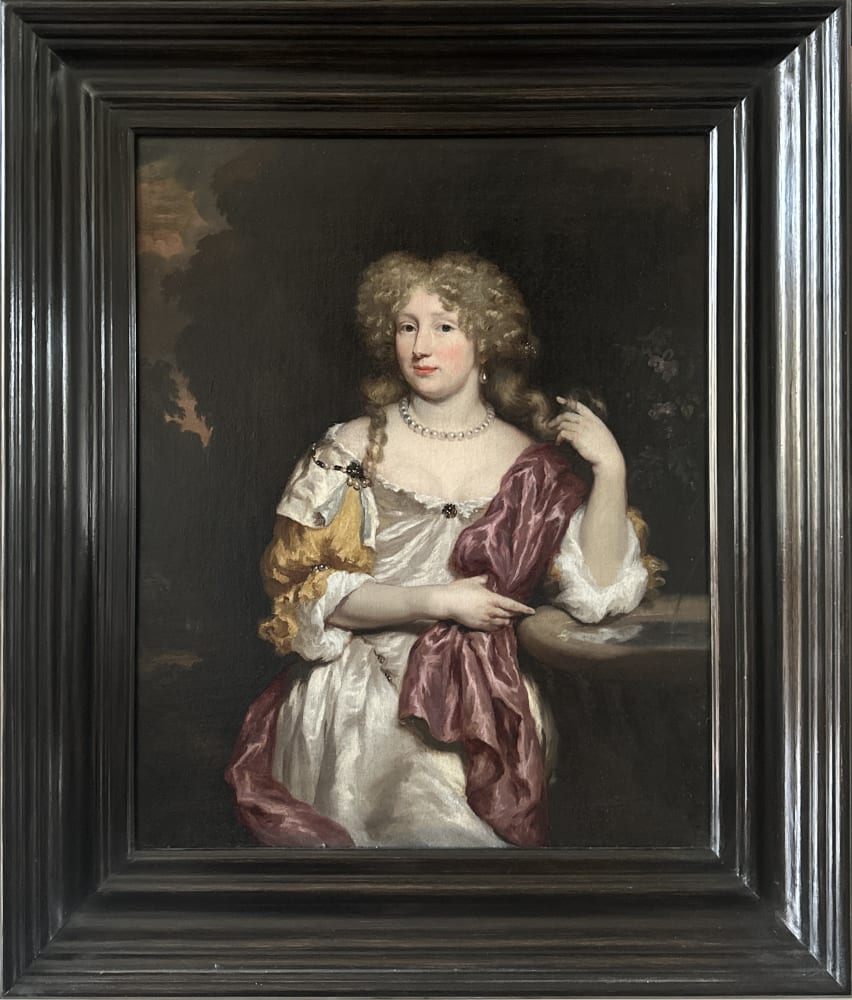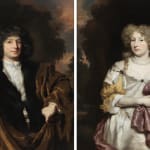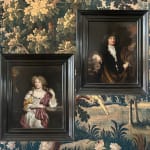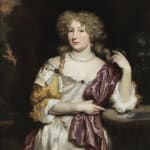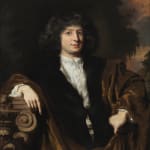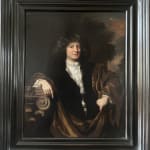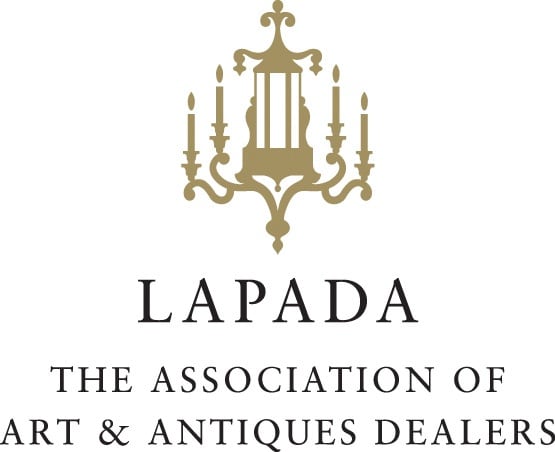16th and 17th century paintings
Nicolaes Maes (Dordrecht 1634-1693 Amsterdam)
Further images
Provenance
From a private collection, BelgiumLiterature
L. Krempel, Studien Zu Den Datierten Gemalden Des Nicolaes Maes, Petersburg, 2000
A. V. Suchtelen, Nicolaes Maes - Innovation and Versatility, from Dutch Master of the Golden Age, in association with the National Gallery , London and the Mauritshuis, The Hague, Yale University Press, 2020
RKD, Houbraken Translated, 2021, from De groote schouburgh der Nederlantsche konstschilders en schilderessen [...] (3 vols.), Amsterdam 1718-1721 by Arnold Houbraken, volume II, page 274.
Bakker, Piet. “Nicolaes Maes” (2017). In The Leiden Collection Catalogue, 3rd ed. Edited by Arthur K. Wheelock Jr. and Lara Yeager-Crasselt. New York, 2020
A rare pair of three-quarter length 'marriage' portraits by one of the foremost dutch portrait painters of the 17th century, Nicolaes Maes (Dordrecht 1634-1693 Amsterdam). The gentleman signed middle left 'Maes 1679'. Oil on canvas in dutch style ebonised frames.
The gentleman is shown in a landscape at dusk, leaning against a corinthian stone capital, wearing a white chemise decorated with lace, a black coat and a brown silk cloak draped across his body.
The lady is elegantly dressed in an ivory silk gown decorated with jewels on the neckline and shoulders, the contrasting sleeves in gold fabric, with a rose pink silk cloak draped over her shoulder and bodice. She wears a pearl necklace and earrings with her fair hair worn up with ringlets falling down onto her chest in the fashionable style of the day. She stands with one hand touching a lock of her hair as she rests her arm on the bowl of a stone water drinking fountain.
Although the identity of the sitters has been lost over time, as they were painted after Maes had settled in Amsterdam in 1674, they are likely to have been wealthy Amsterdam burghers (citizens), seeking to show their prosperity and high social status by being painted by one of the most highly sought after and celebrated artists of the day.
Nicolaes Maes was one of Rembrandt's most talented pupils. As a boy of about thirteen or fourteen, he left his parents' home in Dordrecht to serve his apprenticeship with Rembrandt in Amsterdam. He spent four or five years in Rembrandt's workshop, returning to Dordrecht in 1653 as a fully-fledged artist. Maes started out as a ‘history’ painter, following in Rembrandt's footsteps, but he soon switched the focus of his activities to genre painting of intimate and detailed domestic scenes. In a short period between 1654 and 1658 he was one of the most innovative painters in this field. His skill at representing an interior as a suite of rooms rather than a three-wall, one-room enclosure, and the true-to life details and intimate nature of his paintings had great impact on the Delft painters Johannes Vermeer and Pieter de Hooch.
Arnold Houbraken's 1721 biography described the transformation: Maes "learned the art of painting from Rembrandt but lost that way of painting early, particularly when he took up portraiture and discovered that young ladies preferred white to brown."
Maes painted his first portraits in 1655, and shortly before 1660 he stopped painting genre works and other paintings altogether, concentrating solely on portraiture, eventually developing a colourful and elegant style that appealed to a broad circle of wealthy clients in Dordrecht, Amsterdam and beyond.
.

